Flexible Lighting Controls for Schools
Classrooms with lighting controls can adjust the color temperature to match the time of day or a specific activity. Tunable controls allow the lights to be adjusted to foster a sense of calm or increase attention. Even basic dimming controls can have a significant impact on students’ learning experiences.
LED lighting can also improve online education courses. Not all students attend school in person. While online education is a source of revenue for schools, teachers often present their digital content under fluorescent lighting. Flickering during the videos is common and a distraction for students. Dimming the lights only makes the issue worse.
Lighting controls with dimming and color-tuning features help resolve the problem. The United States Department of Energy states that next-generation LED lighting in classrooms allows for flexibility. LED lighting controls can be easily adjusted to match various styles and methods of teaching.
LED lighting is also a key part of smart buildings with sensors and networks that allow teachers to optimize lighting.
LED Health Benefits
Fluorescent lights not only waste energy, but they can also be detrimental to your health and well-being. Transitioning to LEDs can reduce your exposure to specific contaminants like Polychlorinated Biphenyls (PCBs).
According to the U.S. Environmental Protection Agency, “ PCBs are carcinogens that can harm the nervous, immune, and endocrine systems and are often found in the T12 fluorescent ballasts.”
Older lighting may also contain mercury. Fluorescents contain harmful chemicals, and they can present a serious safety risk if a tube breaks. Mercury also produces UV light which can damage skin tissue and even cause blindness if exposed to the lighting for extended periods.
Did you know we have a Lighting and LED Product Education Center? We offer an in-depth look at the different types of lighting being used today and offer a comprehensive comparison to LEDs. We cover fluorescents tubes and troffers, parking lot lighting, high and low bays, flood lighting and so much more. No matter the type of lighting you have or in what area, our Education Center has you covered.
Additional LED Health Benefits
A few other ways LED lighting can improve the school environment include,
- Improving comfort and visual performance. Flickering lights and glare are issues associated with fluorescent lighting. It can negatively impact students and teachers. Glare from lights often cause you to squint, blink, and look away from a task. Glare from lighting is primarily caused by high luminance. It can result in two types of glare, disability, and discomfort. Discomfort glare refers to the pain associated with viewing glare, whereas disability glare reduces visibility. Disability glare occurs when light is scattered throughout the eye, which then reduces the retinal image’s luminance contrast.
- Improve learning conditions for autistic students. The flickering from fluorescents can cause eyestrain, headaches, and an increase in impulsive behavior. The dimming capabilities of LEDs prevent flickering, creating a more comfortable environment for special needs students.
- Reduce hyperactivity in students. Color temperature can play a key role in students’ performance. Cooler colored lights can improve behavior in hyperactive students. The cool colored light makes it easier for students to concentrate on tasks and also reduces stress.
- Follow natural circadian rhythms. Circadian rhythms determine when you wake up, go to sleep, relax, and focus. Students exposed to lighting that doesn’t follow these rhythms can experience disruptions in their sleep cycle. Over time, it can affect students’ performance at school. Tunable LED lighting allows schools to mimic the sun’s natural path which can positively influence natural circadian rhythms.
- Boost mental cognition. Using cooler-colored LED lights in the morning can boost concentration and mental focus by helping students feel more awake.
- Improve students’ mood. Light levels can also affect mood. For example, brighter lights can help treat some symptoms of depression. Spending time in dimly lit areas can negatively affect students’ moods.
Reducing Maintenance Costs
Replacing fluorescent tubes throughout a school is expensive and time-consuming, especially in areas with high ceilings like gyms and auditoriums. LEDs have a significantly longer lifespan than fluorescents. You spend less money on replacement bulbs and maintenance costs.
Additional LED Economic Benefits
Some additional LED economic benefits include a shorter payback period. Due to LEDs’ long lifespan, schools can use the extra money for other programs. LED lighting can also replace any type of lighting. The lights can be suspended, recessed, or flush-mounted on walls or ceilings, allowing schools to do a complete retrofit.
LED Retrofits for Schools with Action Services Group
If your school is considering an LED retrofit or if you would like to gather more information on upgrading your schools lighting, contact one of our lighting experts today!
Call 610-558-9773, email [email protected], or schedule a call that fits your needs by clicking the button below.

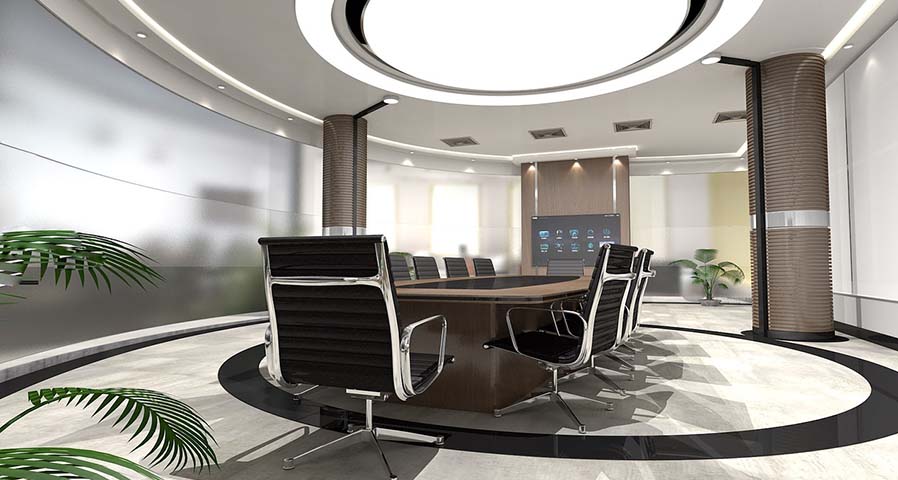
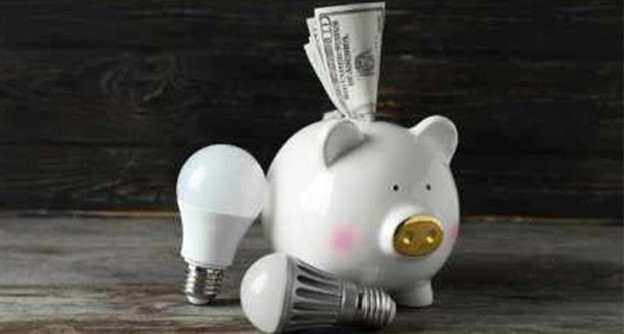
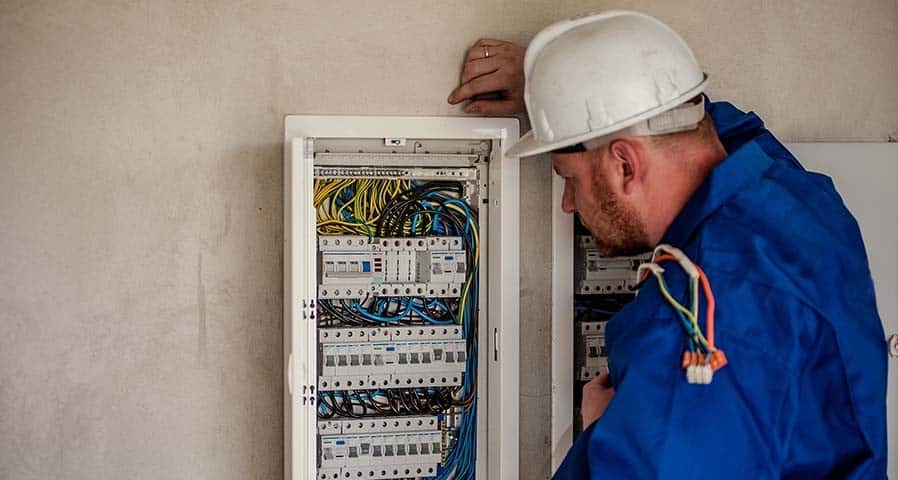



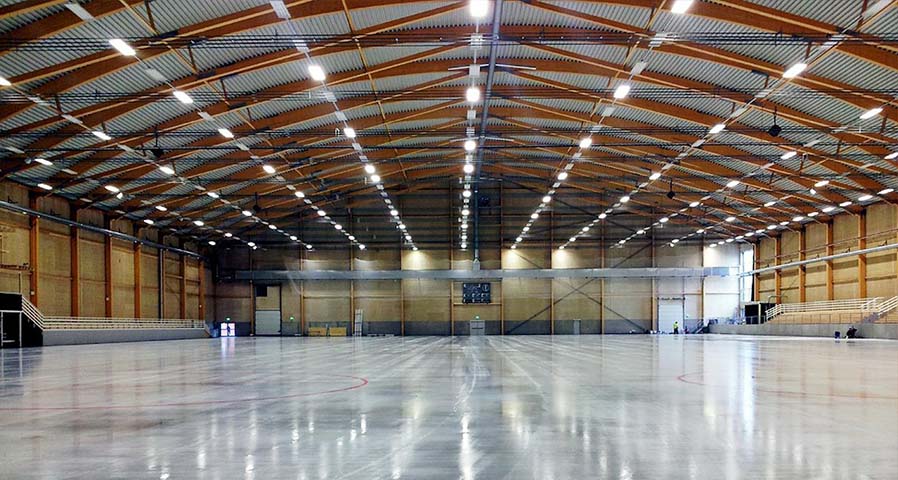
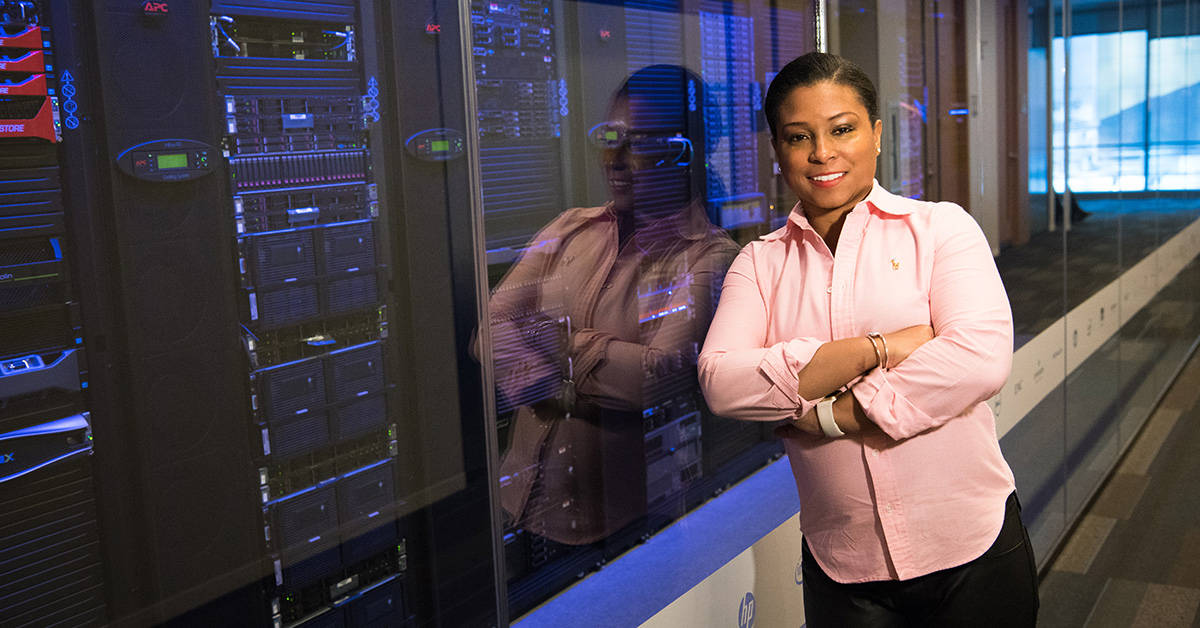







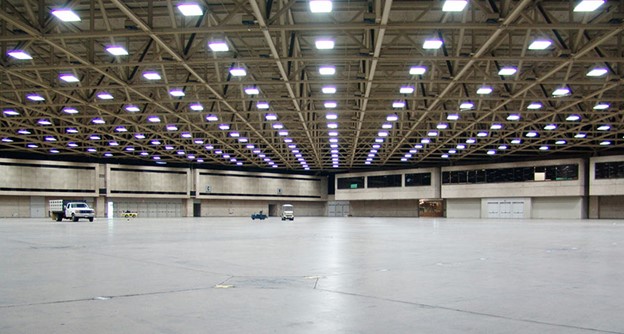
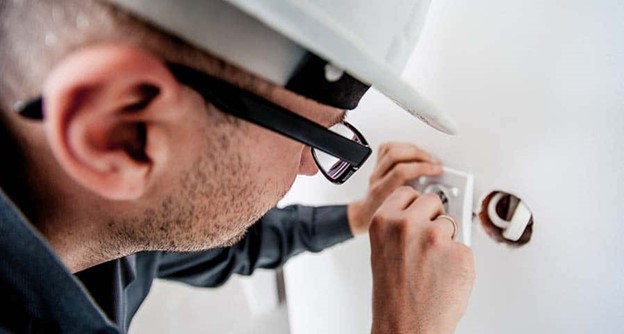

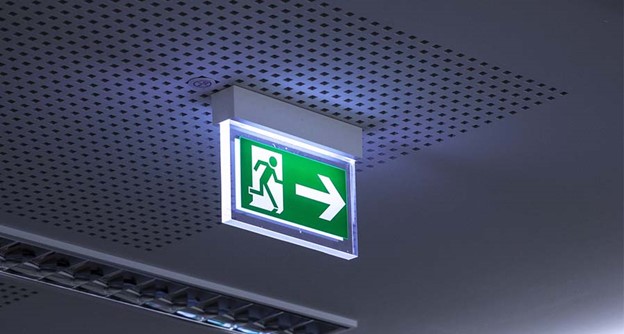
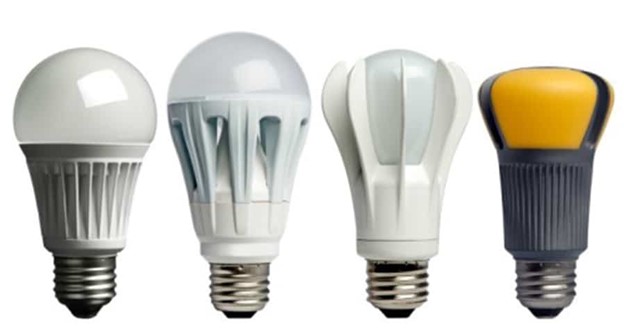
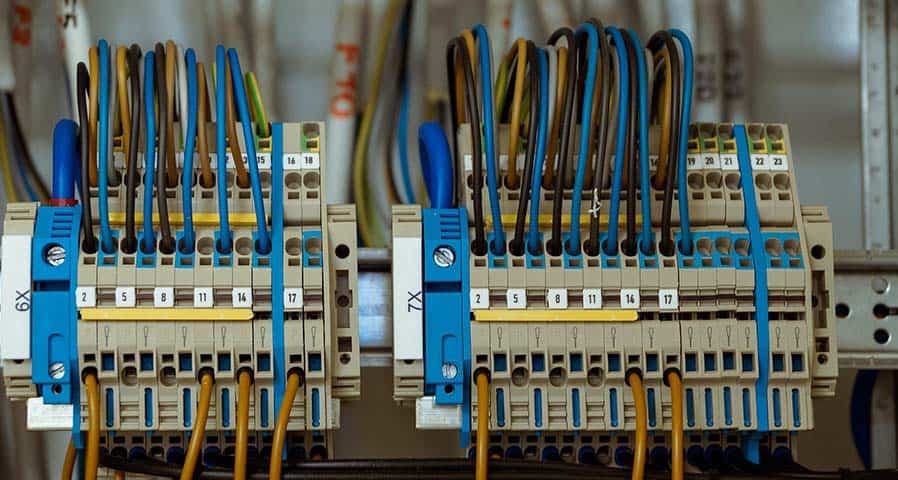



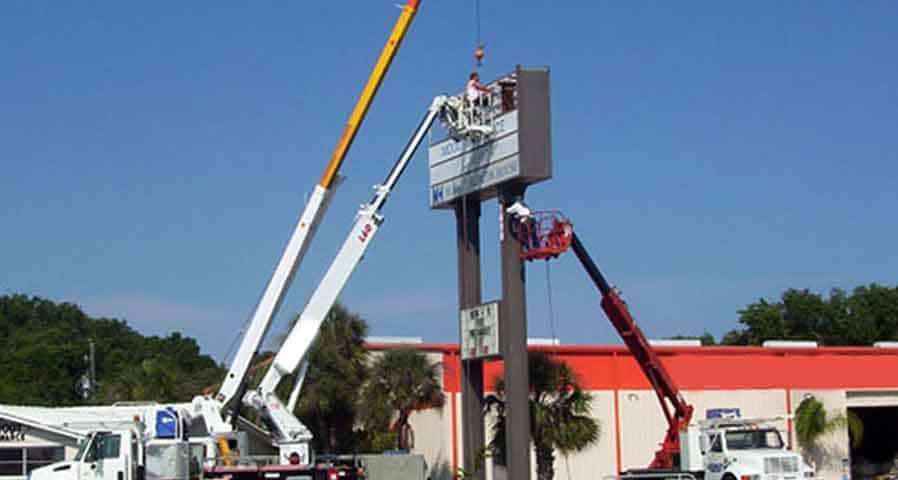

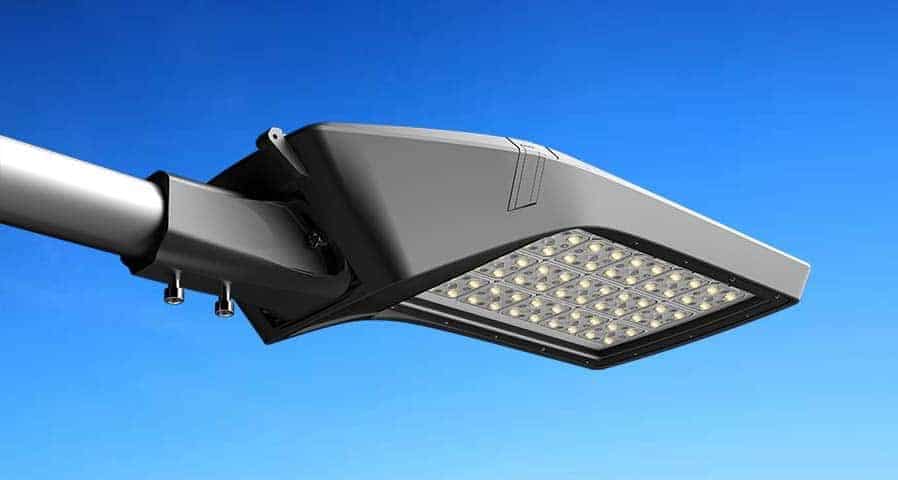
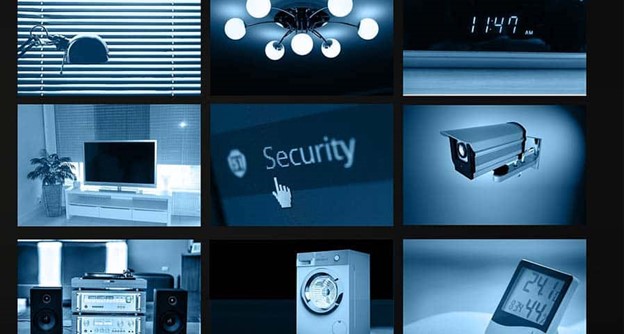

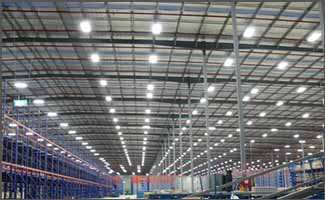






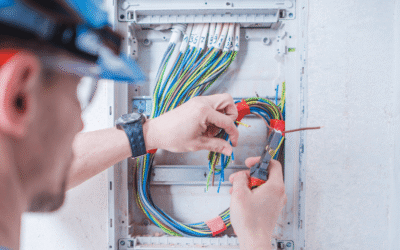



0 Comments